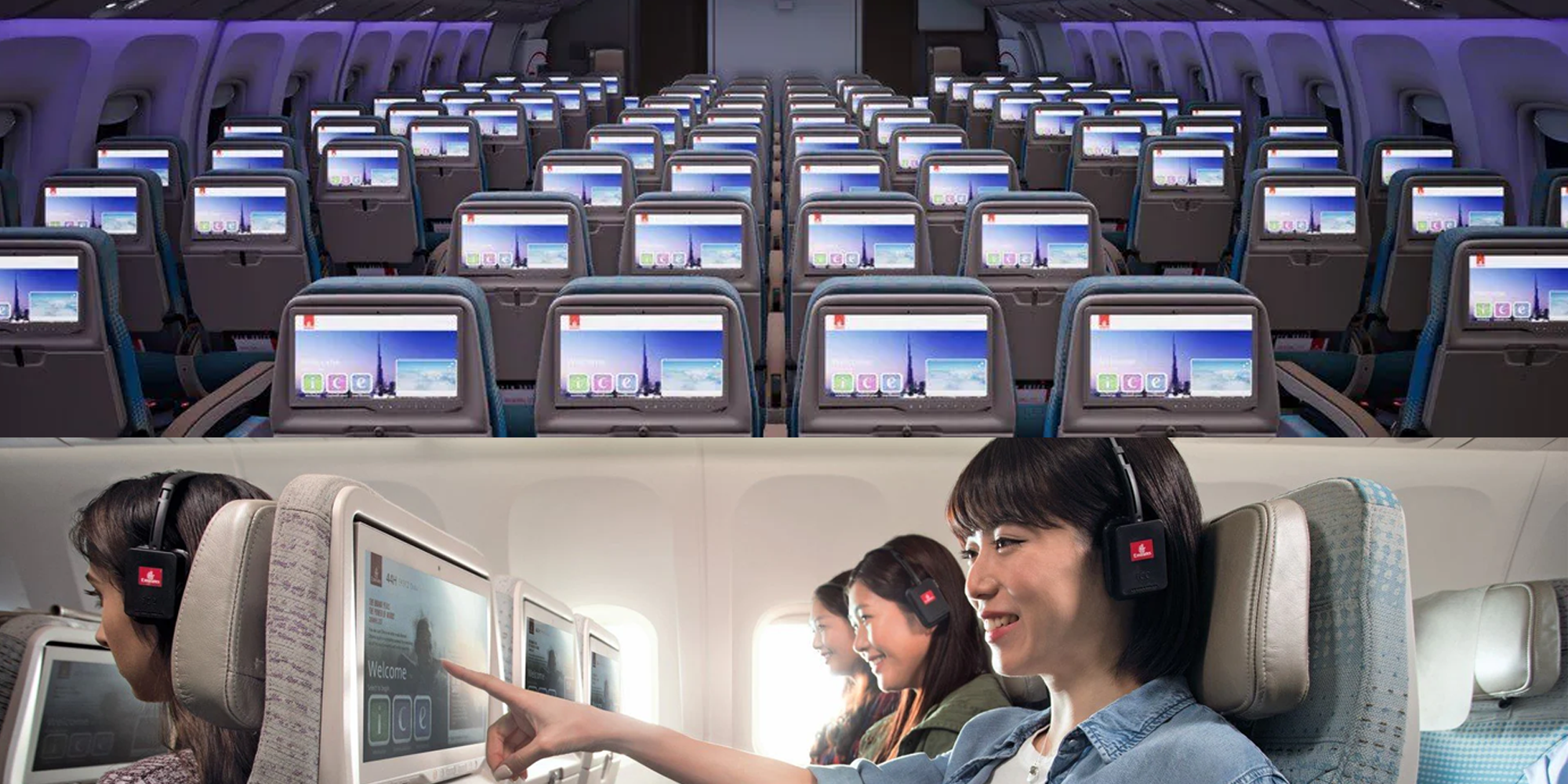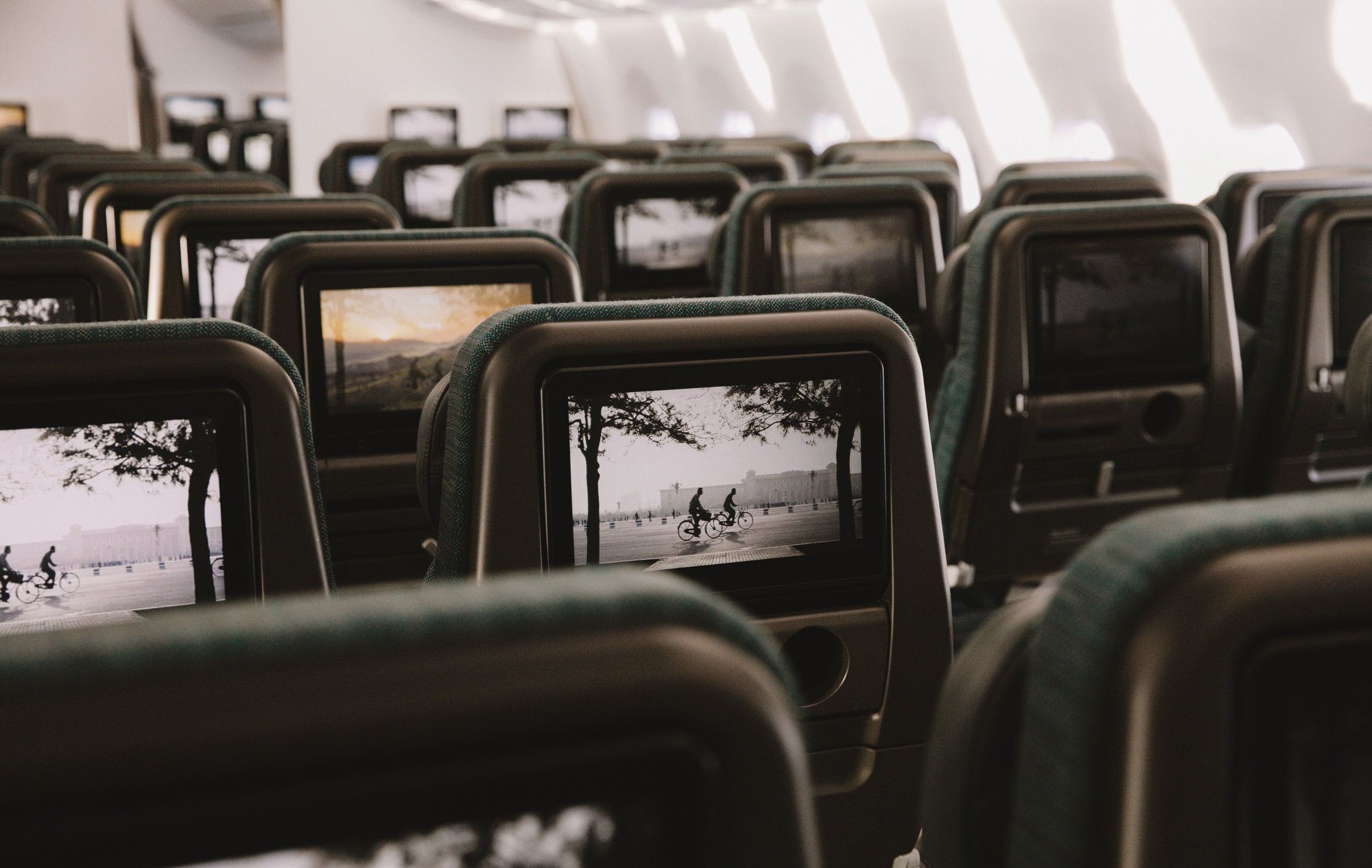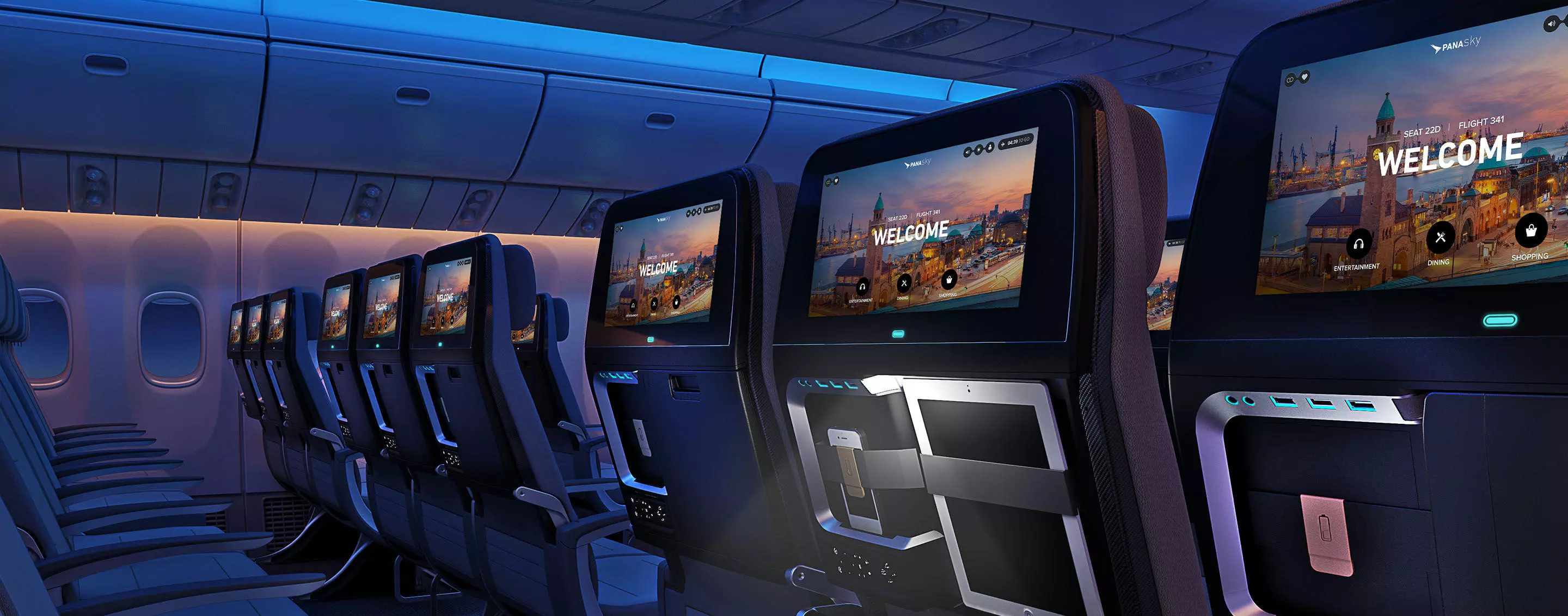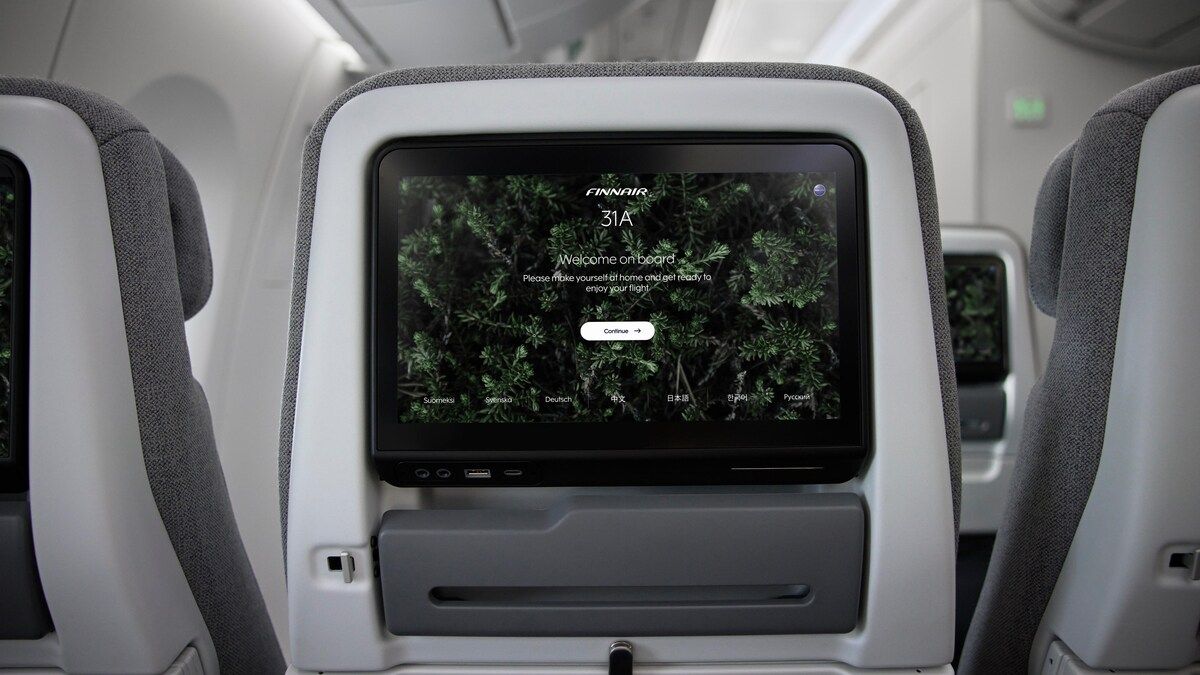Have you ever been on a flight, skimming through the content of the aircraft's inflight entertainment system, and wondered how all of this is chosen? Or have you ever thought about why certain movies have been heavily modified from their original version for display onboard?
Simple Flying recently had an opportunity to talk with Estíbaliz (Est) Asiain, Senior Vice President of Media & Content at Anuvu, to shed some light on some of the mystery behind inflight entertainment. The company is the largest content provider in the aviation industry, holding an impressive 50% market share and working with some of the world's most well-respected airlines. If you've flown with a full-service carrier in recent times and watched content onboard, there's a decent chance that Anuvu had a hand in getting that content in front of your eyes.
Sourcing inflight entertainment: The best job in the world?
What does and does not make its way to your seatback screen is actually a big and complex task - it's certainly much more intricate than clicking a 'buy now' button on some large multimedia database on the internet. Rather, airlines must secure the proper rights from studios and other content owners to show movie and television content, while also adapting it to local legal regulations and cultural sensitivities. Any desired changes must have the approval of the content owner or producer - something to think about next time you're skimming through the dozens and dozens of movies on your long-haul flight!
Still, we can imagine that content selection and curation could be one of those cool dream jobs: Getting paid to travel to various screenings to watch movies and television! Some airlines might have large teams to handle the process themselves - or they may look to a third-party like Anuvu for help. As Asiain, points out, some team members are even sent out to film festivals to find the latest and greatest content. Once something catches the attention of the company, they buy the rights for inflight use.
"We go to festivals; we're constantly looking for new vendors. We do a lot of partnering with different brands, depending on our airline customers’ interest. We've recently partnered with a sports vendor for one particular airline because they were doing a sporting event in their country. Sometimes it could be a streaming service that's growing in a certain country, a brand that has similar values to one of our airline customer brands, etc."
Get all the latest aviation news right here on Simple Flying.
Adapting for passenger sensitivities
We asked Asiain about how content is censored and adapted for airline passengers. After all, some inflight content has extreme violence cut, while some airlines will stay away from drugs, or sex and nudity. Some content displayed by airlines might even have 'dog poop' blurred out (as was experienced by one of our team members on a Kenya Airways flight several years back.)
Rather than use the term 'censorship,' Asiain prefers softer terms, such as compliance or 'passenger-suitability'.
"Airlines are very different in their approach in this sense - we have very obvious themes that are common to all. For example, airline accidents, you don't want that. That is generally edited, and the edit is provided by the studio itself."
Asiain goes on to explain that there are multiple versions of any production: The original, theatrical version (what the public will see in the cinema), and edited versions, which is what airlines would receive. In general, these airline-suitable versions may exclude sex and nudity, or profanity.
"Then you go into the more specific regional requirements. For example, some regions are a little bit more sensitive, because of their own local cultural values.” Local requirements are another hurdle to overcome, adding more complexity to the compliance process. To address this, Asiain notes that Anuvu has a large team of professionals that act as liaisons between airlines and content owners to get edits approved.
“Not every movie director or every studio is also willing to edit their movies. So, there’s a big back and forth. First off, looking at the content, seeing whether it’s suitable or not for the different markets, and then agreeing with the content owner on what is allowed to be edited and what is not. There are some countries that are specifically more challenging than others and some airlines that are more sensitive. The key is being able to offer the best content to all passenger demographics."
A mutually-beneficial process filled with care and attention
At the end of the day, it's in the best interest of airlines to ensure passengers are entertained and distracted with good multimedia - whether it's in the form of movies, television, audio, games. or a moving map. An entertained passenger should equate to a happy passenger, which reflects well on the airline. After all, time on that ultra-long-haul service is likely to pass by faster if you're engrossed in an exciting film or two (or four).
It's also a win-win situation for airlines and a practical benefit to cabin crews during those packed flights, as Asiain points out: "The origin of inflight entertainment was to distract passengers and help them overcome their fears of flying. I think it also has the benefit of reducing the number of passengers walking around the cabin."
Thus, to ensure passengers find good content to watch, airlines (and firms like Anuvu) put a lot of effort into content sourcing and selection - something that might not be observed by the average air traveler. "There is just so much time - I would even say love - put into content selection by airlines, and it sometimes goes unnoticed by passengers,” she says.
It's certainly a much more complex process than we could have imagined - and we're grateful for this additional insight into inflight content selection. Our sincere thanks to Estíbaliz Asiain and the entire Anuvu team for their time and giving us this 'behind-the-scenes' peek into the world of inflight entertainment!
What do you think about the process of sourcing inflight entertainment content? Do you agree that air accidents should always be cut out of inflight movies? Share your thoughts with us by leaving a comment!





